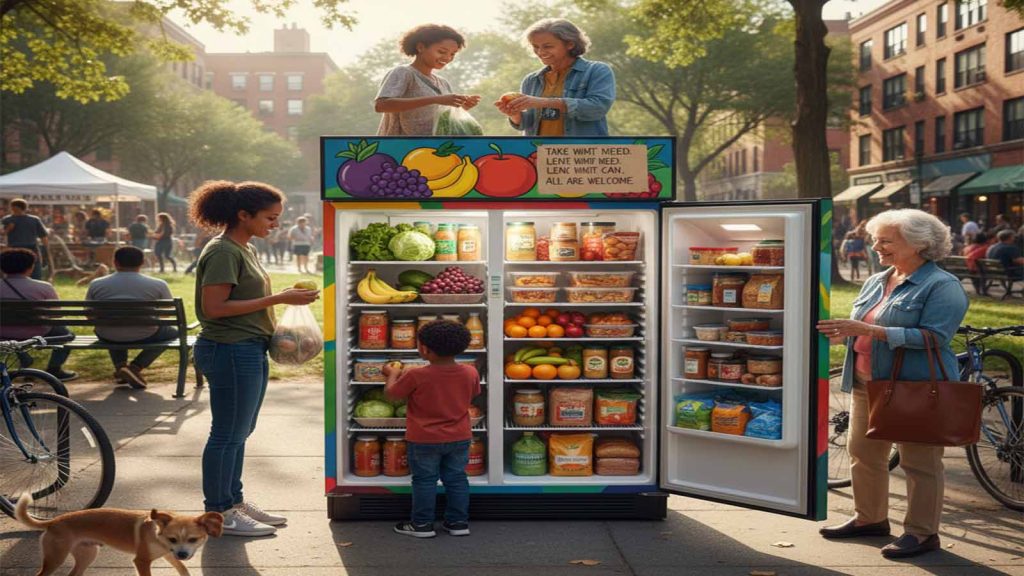Starting a community coding club for kids is a fantastic way to introduce young minds to the world of programming and technology. Similar to creating a community library, coding clubs provide a supportive environment where children can develop critical thinking, problem-solving skills, and creativity. Here’s a comprehensive guide to help you successfully launch and manage a community coding club for kids.
1. Define Your Club’s Mission and Goals
Mission Statement: Start by outlining the mission and goals of your coding club. Define what you want to achieve, such as improving digital literacy, fostering teamwork, or preparing kids for future tech careers.
Target Age Group: Determine the age range for your club members. Coding clubs can be tailored to different age groups, from elementary school students to teens.
2. Gather Resources and Materials
Curriculum and Tools: Select a curriculum that is age-appropriate and engaging. There are many resources available, including online platforms, coding games, and educational software. Consider using tools like Scratch, Blockly, or Python for beginners.
Hardware and Software: Ensure you have the necessary hardware (computers, tablets) and software (coding programs, applications) for your club meetings. You might need to seek donations or partnerships with local businesses for equipment.
Funding and Sponsorship: Explore funding options such as grants, sponsorships, or community fundraising events to cover costs. Local tech companies or educational institutions may be willing to support your initiative.
3. Recruit and Train Volunteers
Finding Volunteers: Recruit volunteers who have a passion for coding and working with kids. They could be educators, tech professionals, or enthusiastic community members.
Training: Provide training for your volunteers to ensure they are comfortable with the curriculum and able to effectively teach coding concepts. Offer resources or workshops to help them prepare for their roles.
4. Create a Club Structure
Meeting Schedule: Decide how often the club will meet (e.g., weekly, bi-weekly) and set a regular schedule. Choose a time that works for both the kids and their parents or guardians.
Location: Find a suitable location for your meetings. This could be a community center, school classroom, or library. Ensure the space is equipped with the necessary technology and has a comfortable learning environment.
Registration and Communication: Set up a registration process for interested participants. Create a system for communicating with parents and guardians about schedules, updates, and any requirements.
5. Plan Engaging Activities
Interactive Projects: Design coding projects that are fun and interactive. Projects could include creating games, building simple websites, or developing animations. Tailor the complexity based on the age and skill level of the participants.
Competitions and Showcases: Organize coding competitions or showcase events where kids can present their projects. This can be a motivating way to celebrate their achievements and encourage participation.
Guest Speakers and Workshops: Consider organizing STEM workshops for kids to complement the coding curriculum and provide a broader understanding of technology and engineering. Invite guest speakers from the tech industry or arrange workshops to provide additional learning opportunities. Exposure to professionals can inspire and give kids insight into potential careers in tech.
6. Promote Your Coding Club
Community Outreach: Promote the coding club through local schools, libraries, and community centers. Use social media, local newspapers, and community bulletin boards to reach a wider audience.
Open House: Host an open house or introductory event to attract new members and give them a taste of what the club offers. This can help generate interest and encourage sign-ups.
Parent Engagement: Engage with parents to build support for the club. Explain the benefits of coding education and how it contributes to their child’s development. Provide updates on their child’s progress and achievements.
7. Monitor and Evaluate
Feedback: Regularly seek feedback from participants, parents, and volunteers to assess the effectiveness of the program. Use surveys or informal conversations to gather insights and suggestions.
Adjustments: Be prepared to make adjustments based on feedback and evolving needs. Continuous improvement will help keep the program relevant and engaging.
Celebrate Success: Recognize and celebrate milestones and achievements within the club. Acknowledging progress and success helps maintain motivation and enthusiasm.
8. Ensure Sustainability
Build Partnerships: Establish partnerships with local schools, tech companies, and community organizations to support the long-term sustainability of the club.
Develop a Legacy: Create a plan for the future of the club, including training new leaders and volunteers. Ensuring that the club can continue to thrive will benefit future generations of young coders.
Conclusion
Launching a community coding club for kids is a rewarding way to foster interest in technology and programming. By defining clear goals, securing resources, recruiting passionate volunteers, and creating engaging activities, you can provide valuable learning experiences that inspire and empower the next generation of tech innovators.






